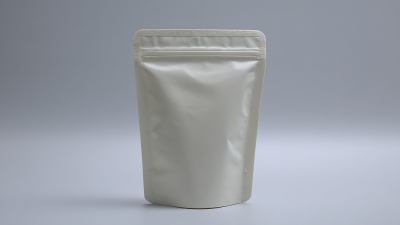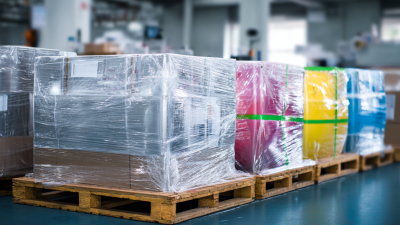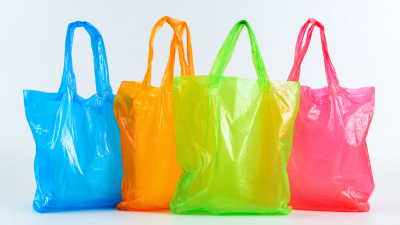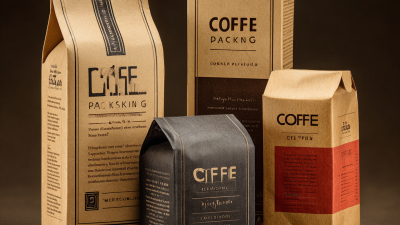- Phone:+86 15218629499
- Phone: +86 15766990063
- E-mail: Yzprinting01@163.com
In the current landscape of sustainability, the food packaging industry has emerged as a critical area for reducing waste and enhancing efficiency. According to the Waste and Resources Action Programme (WRAP), approximately 1.4 million tonnes of food packaging waste is generated by the UK food sector each year, with 60% of this being recyclable. Furthermore, a study published in the Journal of Cleaner Production highlights that businesses can achieve up to a 30% reduction in their overall waste by implementing strategic food packaging solutions designed not only to minimize environmental impact but also to optimize product preservation and shelf life.
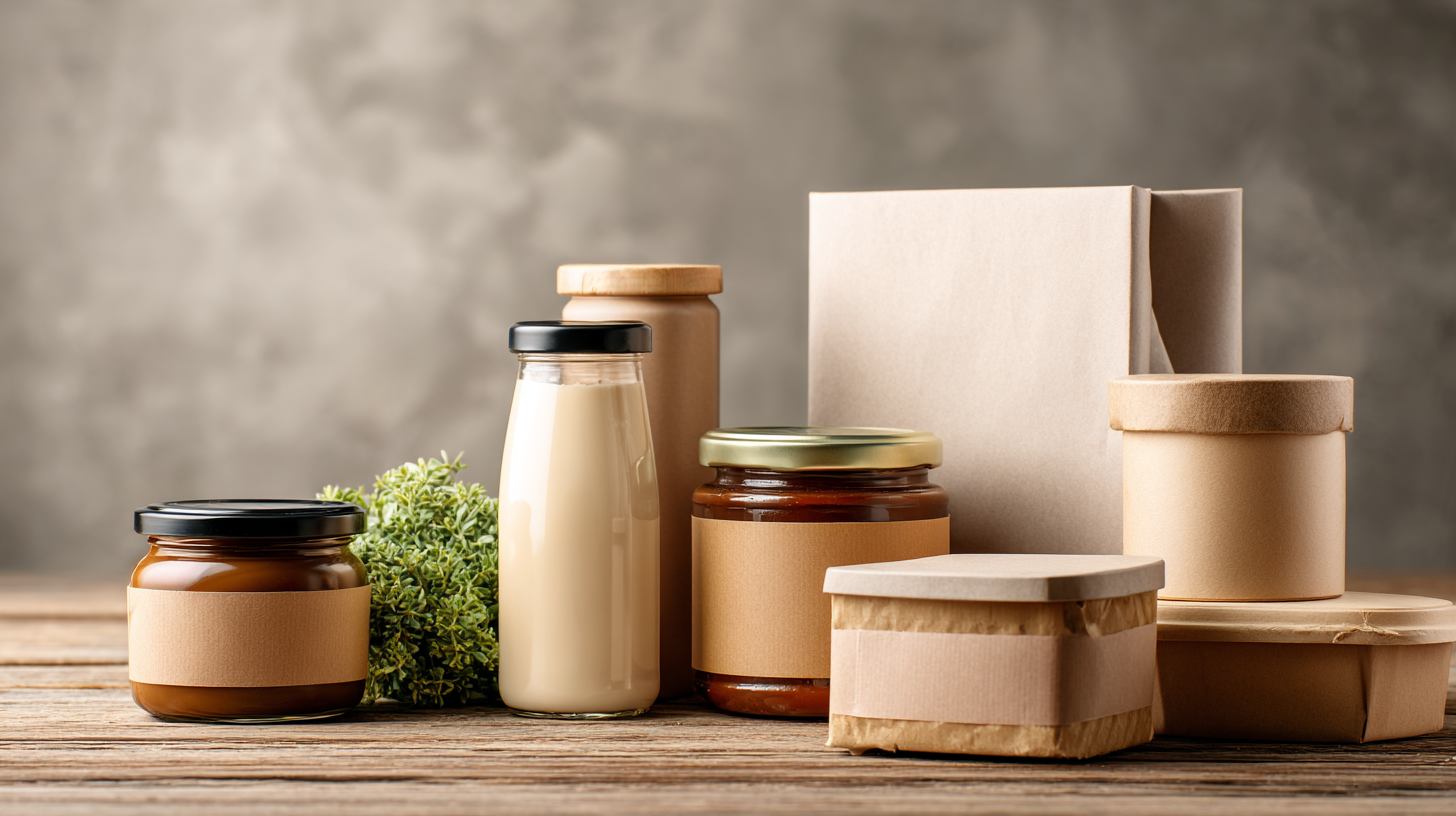
As consumers increasingly favor brands that prioritize environmental responsibility, the significance of selecting the right food packaging cannot be overstated. This guide discusses essential factors to consider when choosing food packaging solutions that align with sustainability goals and can effectively cut down waste, positioning your business as a leader in eco-friendly practices.
Choosing the right food packaging solutions is crucial for businesses aiming to reduce waste significantly. According to a report by the Food and Agriculture Organization (FAO), an estimated one-third of food produced globally is wasted, with packaging playing a pivotal role in both protecting and promoting food. By opting for sustainable food packaging materials, businesses can not only minimize waste but also enhance their brand value. Statistics reveal that 66% of consumers are willing to pay more for sustainable brands, indicating a strong market incentive to adopt eco-friendly practices.
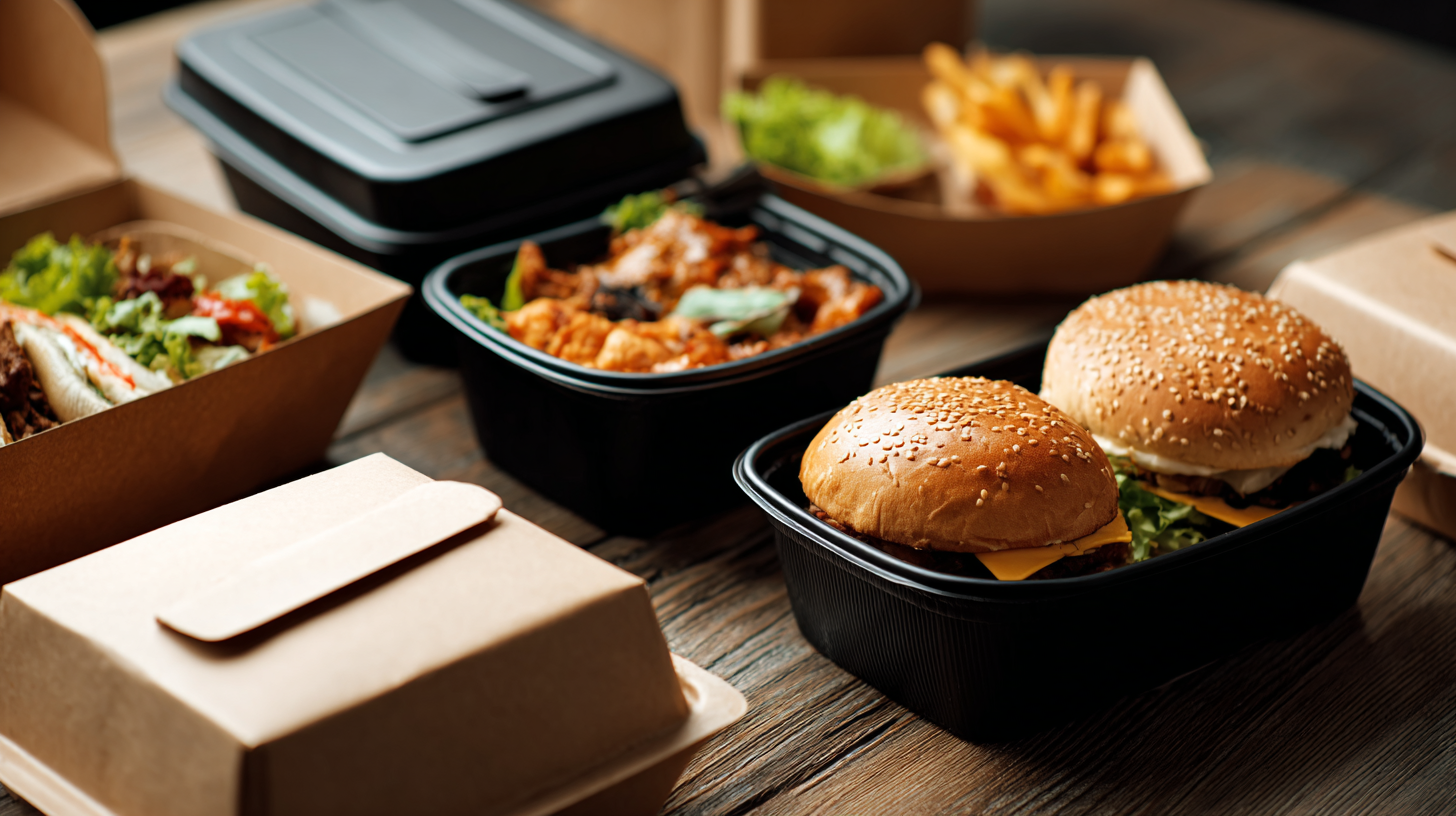
When identifying sustainable food packaging materials, businesses should consider biodegradable options, such as plant-based plastics and compostable materials. The Ellen MacArthur Foundation's report highlights that transitioning to biodegradable packaging can result in a 30% reduction in waste compared to traditional packaging methods. Furthermore, utilizing materials like recycled paper and glass not only reduces reliance on virgin resources but also helps close the loop in the product lifecycle. As more consumers become environmentally conscious, aligning packaging choices with sustainability goals will not only benefit the planet but also attract a dedicated customer base committed to reducing their environmental footprint.
When selecting food packaging solutions, it's essential to analyze the lifecycle impact of your choices on business waste generation rates. Each stage of packaging—from production to disposal—contributes to overall waste levels. Opting for materials that are sustainable and recyclable can significantly lessen the environmental footprint. For instance, packaging made from biodegradable materials tends to have a lower lifecycle impact compared to traditional plastic, which can linger in landfills for centuries.
Tip: Conduct a life cycle assessment (LCA) of potential packaging options to evaluate their environmental impacts. This method will help you understand which materials not only reduce waste but also enhance your brand’s sustainability efforts. Look for local suppliers who provide eco-friendly packaging solutions to minimize transportation-related emissions.
Additionally, consider the end-of-life for your packaging. Educate customers about proper disposal or recycling methods to ensure that your waste reduction efforts extend beyond your business. Implementing a return program can also encourage customers to bring back used packaging, further minimizing waste.
Tip: Collaborate with your suppliers to develop a closed-loop system, where used packaging is returned and reused. This approach not only reduces waste but also fosters community engagement and loyalty to your brand.
| Packaging Type | Material | Lifecycle Impact (kg CO2e) | Waste Generation Rate (kg/final product) | Recyclability Rate (%) |
|---|---|---|---|---|
| Plastic Wrap | Polyethylene | 2.5 | 0.5 | 10 |
| Cardboard Box | Recycled Cardboard | 1.5 | 0.3 | 80 |
| Glass Jar | Glass | 3.0 | 0.8 | 95 |
| Aluminum Can | Aluminum | 2.0 | 0.4 | 90 |
| Compostable Bag | PLA (Polylactic Acid) | 1.2 | 0.2 | 100 |
In today’s fast-paced food industry, leveraging technology in packaging solutions is crucial for businesses aiming to reduce waste by up to 30%. A report by the Food and Agriculture Organization (FAO) reveals that approximately one-third of food produced globally is wasted, emphasizing the need for smarter packaging strategies. Implementing advanced technologies like smart packaging, which uses sensors to monitor freshness and extend shelf life, can significantly contribute to minimizing waste. For instance, by utilizing materials that integrate temperature and humidity indicators, companies can prevent perishable goods from spoiling before reaching consumers.
Moreover, innovations such as biodegradable materials and recyclable packaging can further enhance sustainability efforts. According to a study from Smithers Pira, the global market for sustainable packaging is expected to grow at a CAGR of 7.7% from 2020 to 2025, driven by consumer demand for eco-friendly products. By adopting these cutting-edge solutions, businesses not only reduce waste but also improve their brand reputation and meet the expectations of increasingly environmentally-conscious consumers. Transitioning to technologically advanced packaging solutions not only fosters sustainability but can also result in cost savings through reduced losses and enhanced operational efficiency.
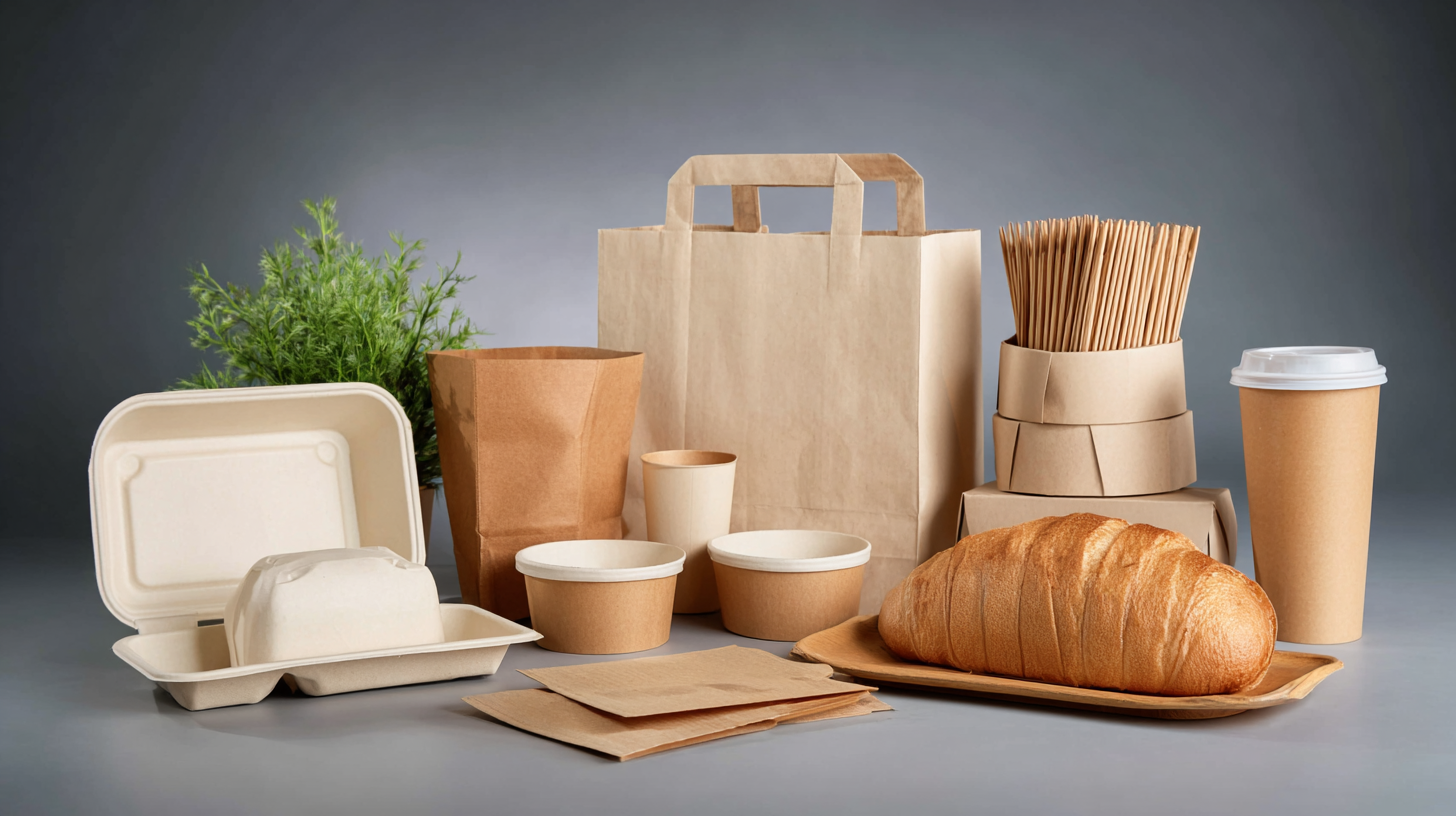
Efficient inventory management is crucial for minimizing packaging waste in any business. By implementing an organized system to track inventory levels, businesses can ensure they order only what is necessary. This not only reduces excess packaging but also helps avoid spoilage of products that might otherwise require additional packaging for storage. Businesses should utilize inventory management software that provides real-time data on stock levels and automates reordering processes, allowing for a more streamlined approach.
Tip: Regularly review your inventory turnover rates. This helps identify slow-moving products, which can lead to excessive packaging waste. By adjusting your purchasing strategies, you can reduce the amount of unnecessary packaging used.
Another effective strategy is to adopt a first-in, first-out (FIFO) approach in inventory management. This method ensures that older stock is used before newer arrivals, reducing the chances of waste and the need for additional packaging. Additionally, creating a clear layout in storage areas can help staff quickly locate products, further contributing to efficient operations.
Tip: Consider training your staff on best practices for inventory handling. Educated employees are more likely to follow systems that reduce waste, boosting overall operational efficiency.
In today's increasingly eco-conscious market, businesses must prioritize
consumer preferences when choosing food packaging solutions. Recent studies
indicate that a significant number of consumers
are inclined towards brands that utilize eco-friendly packaging. This
shift not only enhances brand loyalty but also plays a crucial role in
reducing waste by up to 30%. As companies
evaluate their packaging options, focusing on materials like biodegradable plastics
and recycled content can resonate with environmentally-minded consumers.
Tips: Start by conducting surveys to understand
your customers' preferences regarding packaging. Experiment with different
eco-friendly materials and gather feedback to see which resonates best with
your audience. Additionally, educate your customers about the sustainability
of your packaging choices through engaging marketing campaigns to further
strengthen their loyalty.
With the global market for eco-friendly packaging set to grow, it's crucial
to stay ahead of trends. For instance, the cannabis packaging market is
expected to see a robust CAGR of 17.4%
between 2025 and 2034, fueled by demand for sustainable and compliant
packaging solutions. By aligning packaging strategies with consumer
preferences, businesses can not only reduce waste but also position
themselves favorably in a competitive market.

